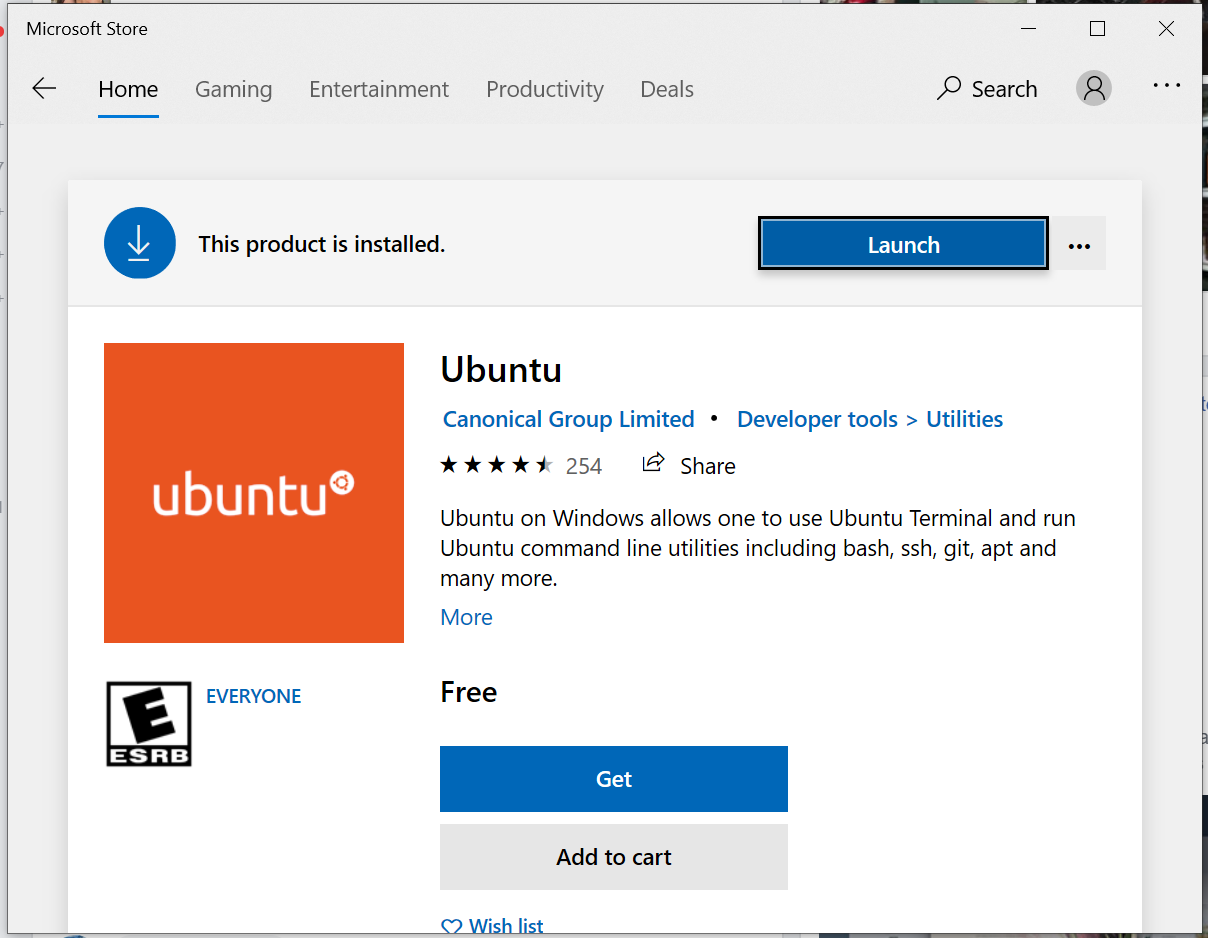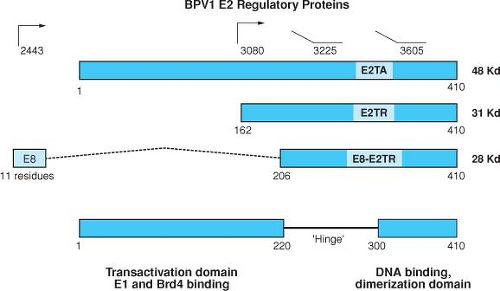

- #Using termius with amazon e2 for phpmyadmin how to
- #Using termius with amazon e2 for phpmyadmin install
- #Using termius with amazon e2 for phpmyadmin generator
- #Using termius with amazon e2 for phpmyadmin free
query ( "SELECT message FROM test " ) $row = $result -> fetch_assoc ( ) echo $row ?> Now modify your index.php file ( /opt/app/current/index.php) to be the following:

Mysql> INSERT INTO test (message) VALUES ('Hello world!') Mysql> CREATE TABLE test (message VARCHAR(255)) So let’s log into mysql and create a sample table: We now have all the pieces we need to access MySQL from PHP and serve that to the browser-accessible website. Click “Apply Rule Changes”, and you should now be able to access your website! In your browser, go to ADDRESS]./, where the IP address is the Elastic IP you made with periods replaced with hyphens. Under the “Inbound” tab, add an HTTP rule (port 80). Select the Security Group that you used for the instance (probably the default one). Now click on “Security Groups” in the Navigation panel. Once the address is created, click on it, then “Associate Address”. In the AWS Management Console, click on “Elastic IPs”, then “Allocate New Address” under “Addresses”. Uncomment it out and set DocumentRoot to /opt/app/current. Here you’ll see a small section on the VirtualHost (between and ). Open it up with vim, emacs, or your favorite text editor, and go to the bottom of the file. To set up the web server, httpd, we need to first modify its configuration file, located at /etc/httpd/conf/nf.

If you want to FTP transfer files to your server, you’ll want to give the ec2-user permissions to modify files in your web directory: Make an index.php file that contains whatever you want. Create directories so that you can put your file in /opt/app/current 1. We need to configure the web server and set up an Elastic IP.įirst, let’s create a test PHP file that will be accessed by the browser. We now have PHP and MySQL running on the box, but cannot access it through a browser. * TO '[DB may want to fine-tune your database settings further than this, but this is a good start. GRANT SELECT, INSERT, UPDATE, DELETE, CREATE, DROP, ALTER ON. Log into MySQL as root ( mysql -u root -p) and enter each of the following lines:ĬREATE USER '' Now we set up two users for MySQL: the administrator, which you’ll use to create and modify tables and the app user, which the app will use to query the DB (with more limited privileges).
#Using termius with amazon e2 for phpmyadmin generator
I’ve found this password generator to be just dandy.
#Using termius with amazon e2 for phpmyadmin install
Next, let’s get MySQL up and running.įirst, install and begin running the server: You should now be able to create and run a PHP test file. Note that you’re logged in as ec2-user, so you need to sudo all of these commands.

Press ‘y’ for each of the prompts that shows up. Sudo yum install php-mysql php php-xml php-mcrypt php-mbstring php-cli mysql httpd I’ve separated PHP and MySQL so that it’s easier to adapt this to having two instances.
#Using termius with amazon e2 for phpmyadmin how to
Let’s install some software.īelow I’ll show you how to set up PHP and MySQL on the server. Alright, we’ve got a server up and running! However, you may notice that this server has very little installed on it. You should now be able to SSH into your instance using your. Continue to the Review phase and launch it!
#Using termius with amazon e2 for phpmyadmin free
Feel free to use the default Group for now. Next is the Security Group, which will be used to specify the firewall used for your instance. The instructions here should be fairly straightforward. Next you create a Key Pair – this will be the credentials you’ll use to SSH into the box. Continue until you need to enter the “Name” – if you don’t know what else to call it, just use “Web/DB server”. On the Instance Details phase, select “Micro” (which is Free tier eligible). An Instance is just a virtual server – so let’s create one! Click “Launch Instance” under “My Instances”, and select “Basic 64-bit Amazon Linux AMI”. Once you’ve gotten that set up, go to the AWS Management Console, and click on “Instances” in the Navigation panel. Go there, and click “Sign Up for Amazon EC2”. You can have a functioning site up and running within half an hour.įirst things first: Amazon Web Services has a ton of different products, but the one you want is Amazon Elastic Compute Cloud ( EC2). Read on and I’ll show you how to set up PHP and MySQL on one of Amazon’s free servers step by step. Do you know nothing about Amazon Web Services (AWS) or Linux server administration, but want to get a PHP/MySQL server set up on AWS? I was once like you, relying upon my web host to have PHP and MySQL installed and configured, so it was a bit daunting initially to work with AWS, but it’s actually rather simple.


 0 kommentar(er)
0 kommentar(er)
